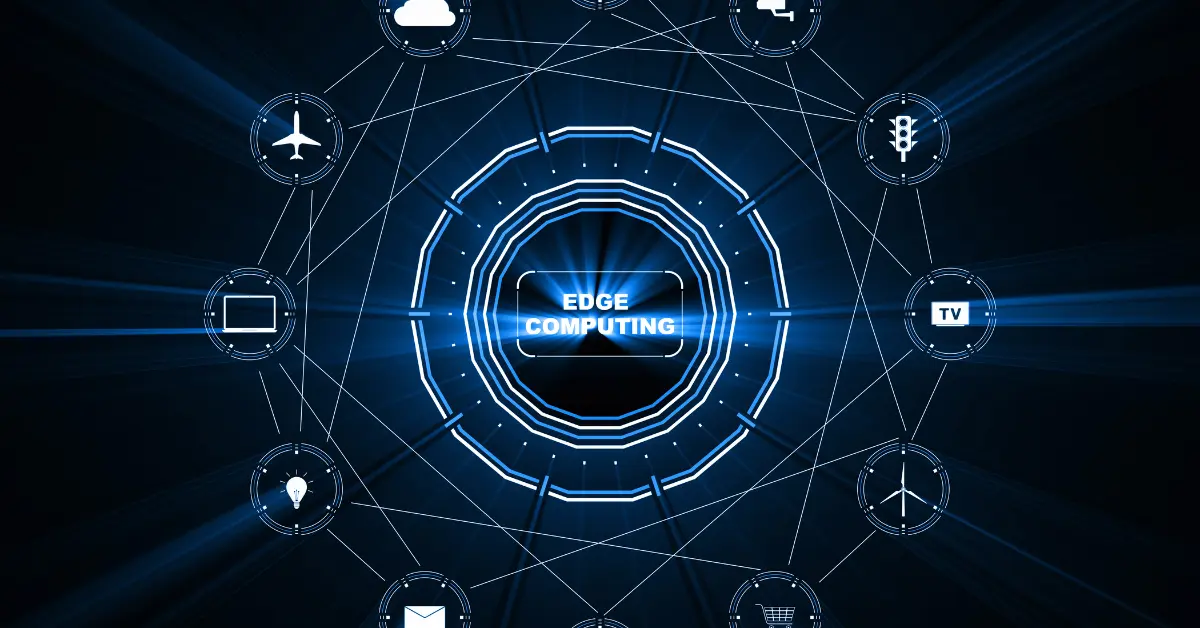Edge computing is inexpensive compared to others, and the data and internet latency is decreased considerably compared to cloud computing.
High bandwidth is usually obtained using edge computing
let us understand in more detail Which Factors Have Made Edge Computing Cheaper and Easier?
What is Edge Computing
“Edge computing” refers to using and utilizing data processing and storage in the network. The edge is physical locations like WIFI, hotspots, and virtual areas like clouds.
Edge computing is an emerging technology that has various applications & software beyond just improving wireless connectivity on mobile devices.
It can be part of IoT systems, smart cities, and more.
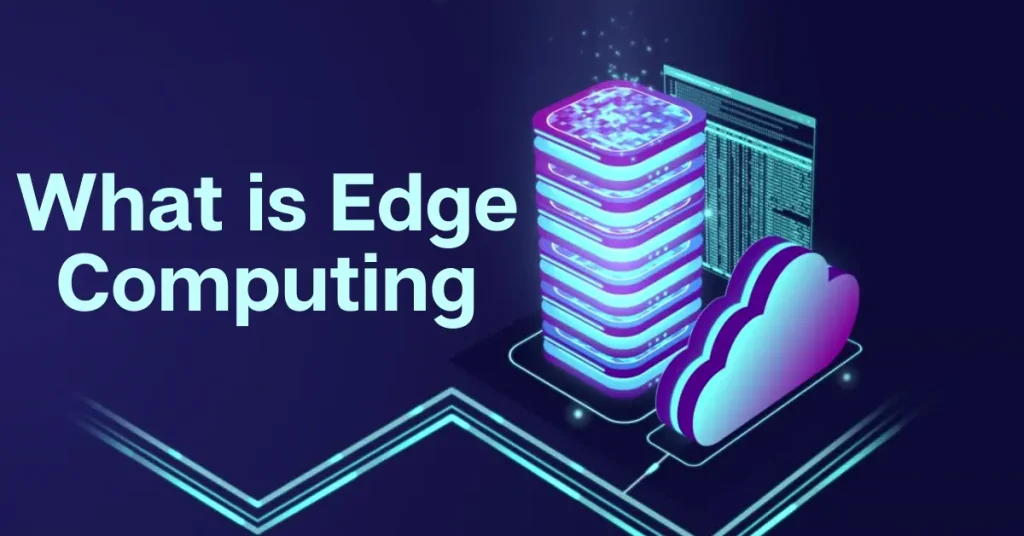
Edge computing is vital in identifying that the data doesn’t have to travel to the center for data handling, processing, and storing unless it can be stored locally for faster data & information access.
Cloud computing and distributed processing power are used at the edge of your network is referred to as edge computing.
The edge refers to any location where a device or sensor connects directly to the internet without going through an intermediary switch or router.
Edge computing is a new and advanced technology that is a more enhanced version of cloud computing. Edge computing is used and utilized for real-time data handling and processing.
Edge computing is a faster way of processing data and information as the data is previously processed with the help and assistance of cloud computing.
The data is presented to the user after processing and in real-time.
Edge computing helps with internet latency which helps in receiving faster results.
Cloud computing has lower internet latency that reduces incredibly when edge computing is used & utilized.
In other words, edge computing is a network where data and information are used and stored with data processing.
Which Factors Have Made Edge Computing Cheaper and Easier
The factor that has made edge computing cheaper and easier is the ever-growing demand for low-latency data processing.
The demand has considerably increased in the sectors below.
- Banking.
- Financial Services.
- Gaming.
- E-commerce.
- Telecommunications.
- Government Sectors.
- Research & Development.
- Space Exploration.
- Défense and Military.
- Online Trading.
The big mobile manufacturing giants are encouraging their customers to use edge computing to offer their users a wonderful experience with nonstop entertainment without compromising on speed and functionality.
Edge computing presents an uninterrupted gaming experience from your mobile phone because of low internet latency.
Factors That Have Made Edge Computing Cheaper and Easier Include
| 1 | The reduced expenses for data storage in edge computing. |
| 2 | Advanced and enhanced internet connectivity and speed in edge computing that uses more advanced communication devices and protocols like 5G and Broadband services. |
| 3 | Decreased internet latency due to increasing adoption of cloud-based platforms like Amazon and Web Services [AWS]. |
| 4 | Data-Driven Services require low latency, high bandwidth and unmatched speed. The end user requires fast network connectivity between the device and the cloud provider. |
| 5 | Edge computing allows data and information to transfer speed and accuracy between the ends without delays and packet loss at the network level. |
Edge Computing Cheaper & Easier Using Image
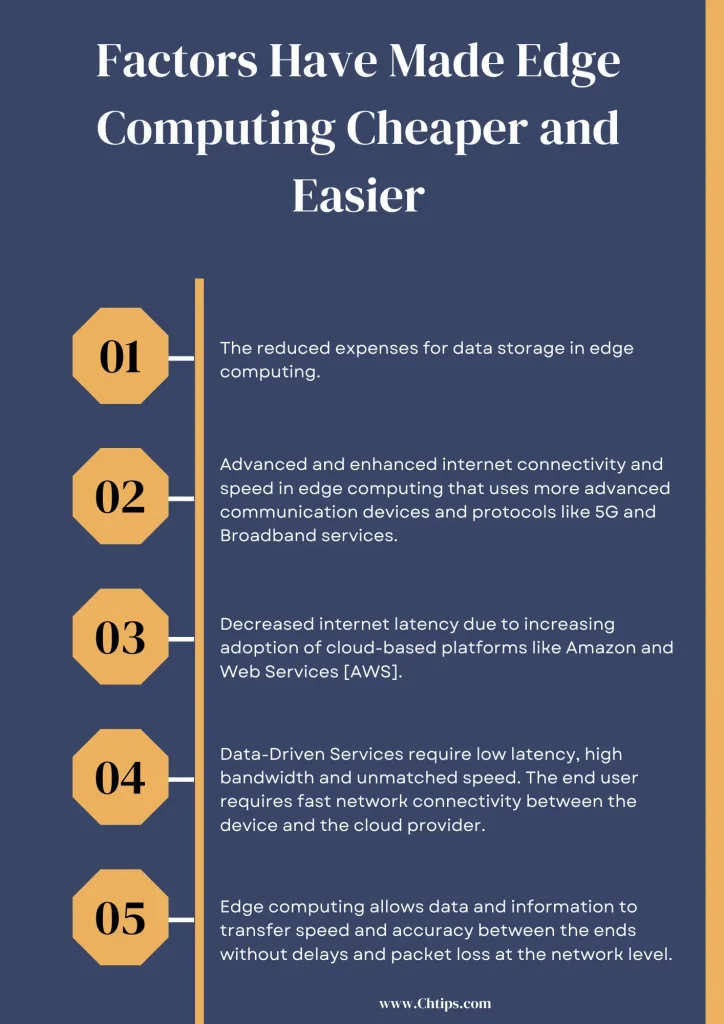
Useful Video On: What is Edge Computing?
Why is Edge Computing Cheaper?
- The edge computing cost per MB is much cheaper than their counterparts, like cloud computing.
- The expense of running a cloud is much lower the running your own data center.
- The maintenance and security in edge computing are on the lower side.
- Less overhead and bandwidth as the data has to reach the server in the shortened distance by data packets results in low latency at less price.
- They are more scalable.
- It is a paid service; you must pay for what you have used, like space and other resources.
- Upgrading the network is simple and less expensive. This eventually makes edge computing cheaper and easier to use and utilize.
- Less expensive hardware and devices.
- The low infrastructure cost.
Different Types of Edge Computing
- Internet of Things Edge.
- On-Premise Edge.
- Access Edge.
- Network Edge.
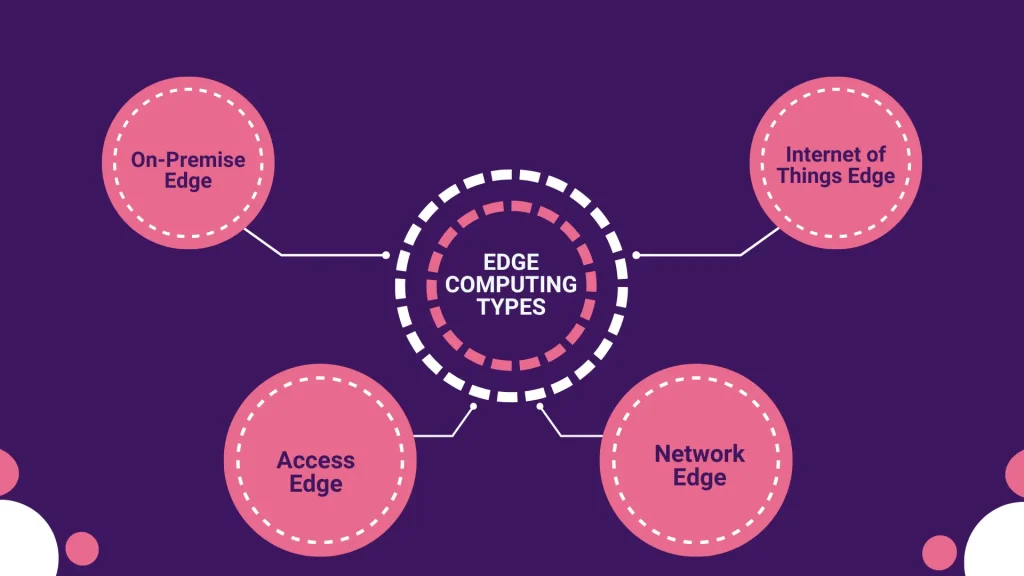
5 Benefits of Edge Computing | Advantages of Edge Computing
| # | Advantages of Edge Computing |
| 1 | Edge computing is inexpensive compared to cloud computing. |
| 2 | Cloud computing stores a huge amount of data and information that requires lots of bandwidth to maintain and perform better; therefore, edge computing is preferred over cloud computing. |
| 3 | Edge computing operates faster than its counterparts, requiring less operation and data processing time. |
| 4 | 5G technology will help the use of edge computing more profoundly. |
| 5 | Edge computing is used in Automation and Artificial Intelligence due to faster data processing and handling. |
| 6 | 5G technology will help the use of edge computing in a more profound way. |
| 7 | Edge computing helps in accessing the local server for real-time data and information. |
| 8 | Edge computing is used in self-driving cars, automated systems, self-driving cars, robots, drones, etc. |
| 9 | Edge computing is far more secure than cloud computing. |
| 10 | Edge computing is flexible. User can choose their data center locations and the amount of bandwidth they require for operations based on the applications they are using. |
| 11 | Reduced operational expenses. |
| 12 | More scalability. |
| 13 | They are efficient and reliable. |
Disadvantages of Edge Computing
| # | Disadvantages of Edge Computing |
| 1 | Edge computing requires energy as many devices are attached for data processing and handling. |
| 2 | Edge computing is less reliable than cloud computing. |
| 3 | Edge devices control the data. |
| 4 | The data security is questionable. |
| 5 | Edge devices govern sensitive data and information, which can be a security issue. |
How Does Edge Computing Reduce Latency?
The advantages of using edge computing over others have several benefits. One of them is they reduced latency and minimized packet loss.
Unlike cloud computing, the edge speed is higher than other networks as the data has to travel a small distance.
Cloud services are far more flexible and scalable in data processing and handling. The data is stored in numerous locations by cloud hosting providers.
The devices are more powerful, and data are stored in a local server so that they can transfer from location A to location B faster. These eventually lower the latency.
People Are Also Reading
- Vibe All-In-One Computer Real-Time Interactive Whiteboard
- 9 Types of Pointing Devices
- Advantages and Disadvantages of Fifth Generations of Computer
- Characteristics of Data Communications
- What are the Processing Devices of Computer
- Classification of Computer According to Purpose, Size, Types and Uses
- Computer Basic Tutorials
5 Uses of Edge Computing
- Real-time applications and software where results are required instantly.
- Video conferencing & online video playing.
- Gaming.
- Security issues can be monitored immediately using edge computing as it responds faster than other networks.
- Used and utilized in the healthcare industry for quick response time.
8 Features of Edge Computing
- Latency is improved compared to other networks.
- Improved and enhanced performance.
- Less expensive.
- Speed is not compromised.
- End User Satisfaction.
- High Bandwidth.
- Low Power consumption.
- Less distance for data to travel. Eventually increases the overall rate of data processing and handling.
Different Types of Computers Based on Computing Power
Types of computers based on processing powers
- Super Computer
- Mainframe
- Mini
- Micro
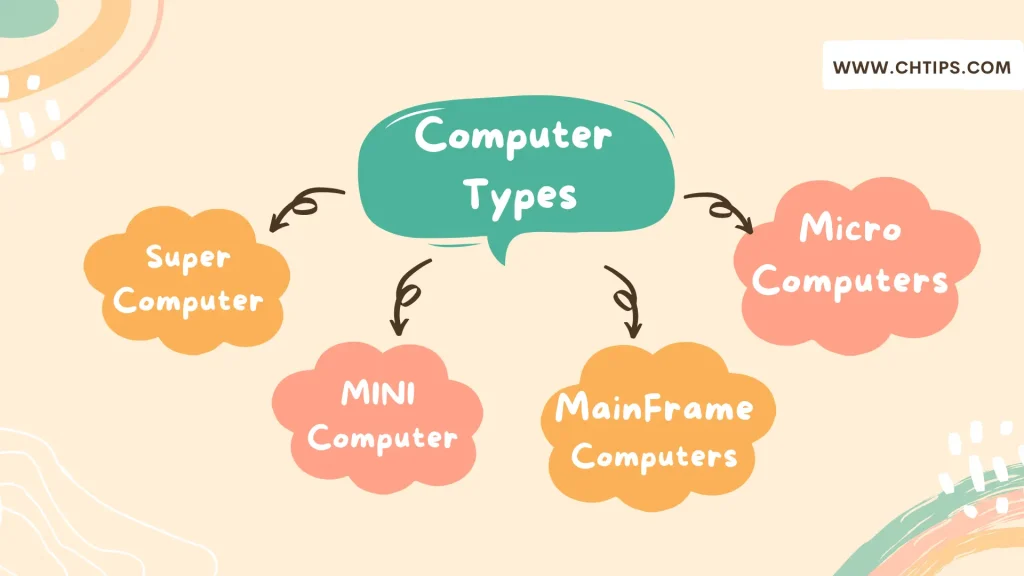
Main Parts of Computing
| # | Computer Parts |
| 1 | Central Processing Unit [CPU]. |
| 2 | Motherboard |
| 3 | Hard Disk |
| 4 | Computer Cabinet |
| 5 | Switching Mode Power Supply [SMPS] |
| 6 | RAM [Random Access Memory] |
| 7 | Keyboard |
| 8 | Mouse |
| 9 | Monitor |
| 10 | Printers |
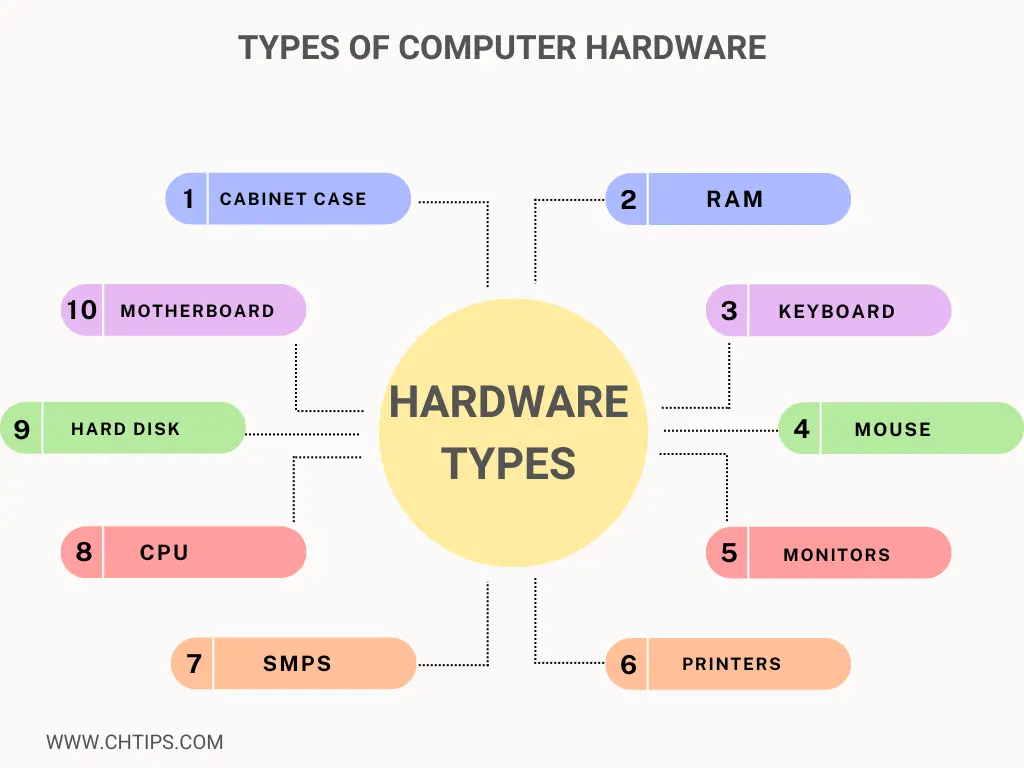
Top Edge Computing Companies
- AMD & Super Micro Performance Intensive Computing.
- Dell Enterprise Tech Provider.
- Hitachi Hybrid Cloud Solutions.
- HPE Zone.
- Inclusive Leadership Network.
- IoT Integrator.
- Lenovo 360.
Frequently Asked Questions [FAQs] on Edge Computing
What is another name for edge computing?
Fog Computing.
Which algorithm is used in edge computing?
Edge Computing-Based ERBS Time Synchronization Algorithm in WSNs.
What are the 5 branches of computing?
Computer engineering, computer science, information systems, information technology, and software engineering.
What are the 4 basic computing processes?
Input, Output, Processing, and Storage or Memory.
What are the three pillars of computing?
Computer science. Information technology. Digital literacy.
Why is Edge Computing Becoming Popular?
Low Cost, Speed, and Reduced latency.
Is edge computing expensive?
Yes, It is more expensive than the cloud.
Get In Touch
I have also written and compiled some articles on computers and telecommunications, and please go through them.
I hope you will like reading it.
All the questions and queries related to the Which Factors have Made Edge Computing Cheaper and Easier You Never Knew have been answered here.
If you have any questions related to What edge computing is?
Don’t hesitate to contact me, and if you need to add, remove, or update anything from the article, please let me know in the comment section or via email.
I will be more than happy to update the article. I am always ready to correct myself.
I would like you to share this article with your friends and colleagues; this motivates me to write more on related topics.
!!! Thank You !!!
